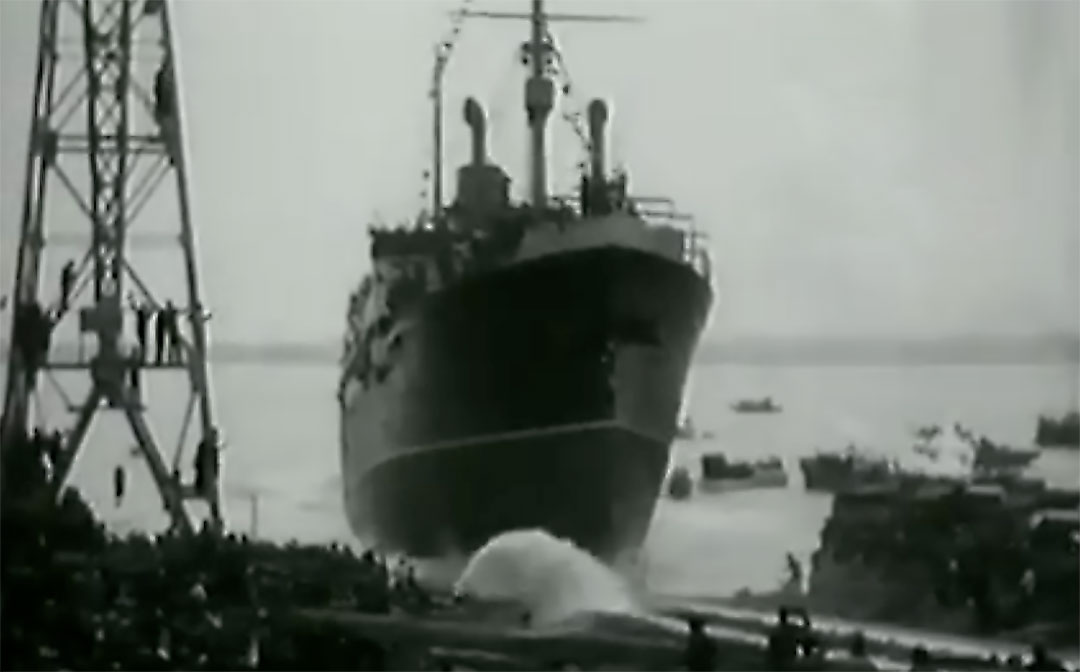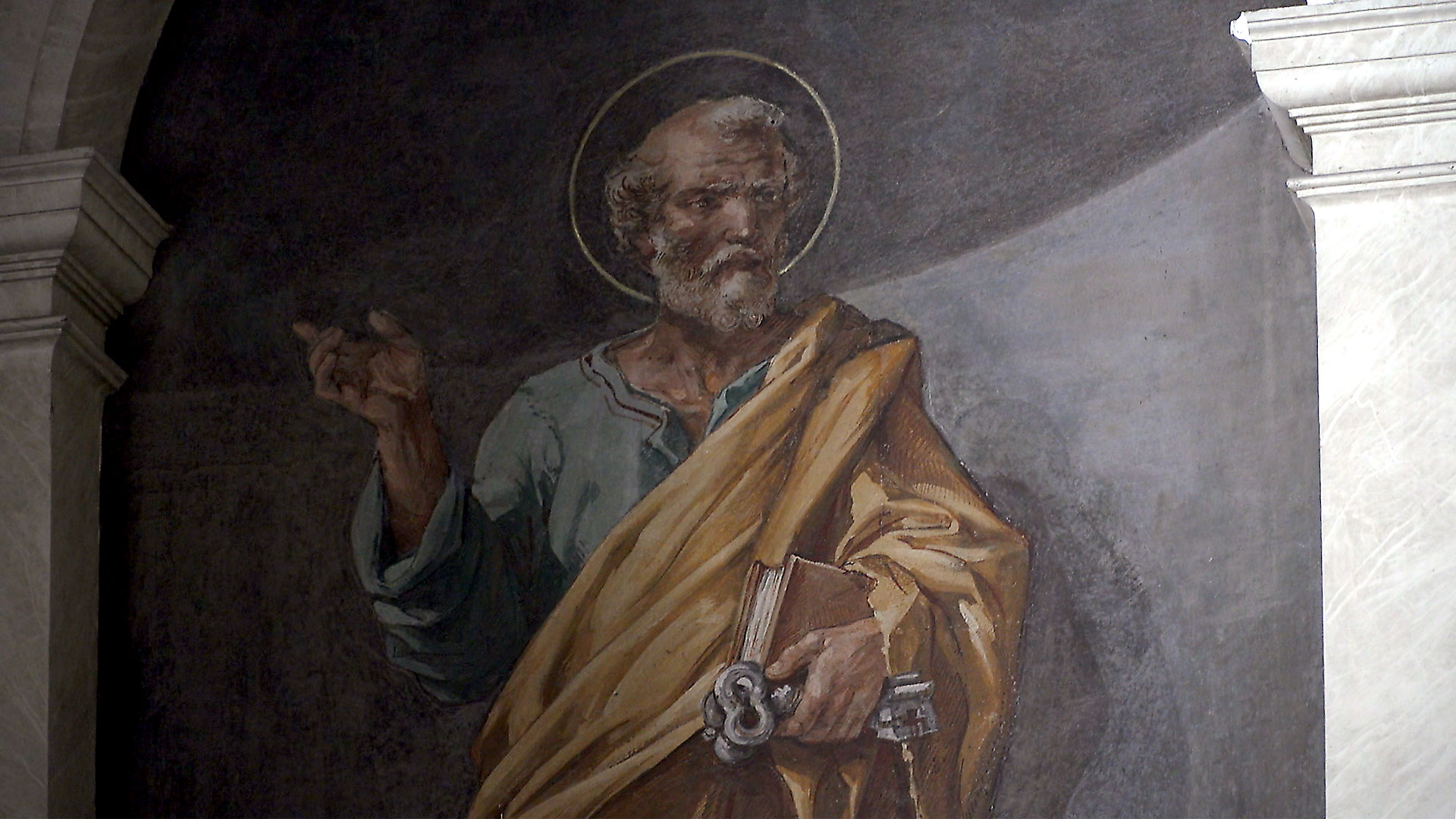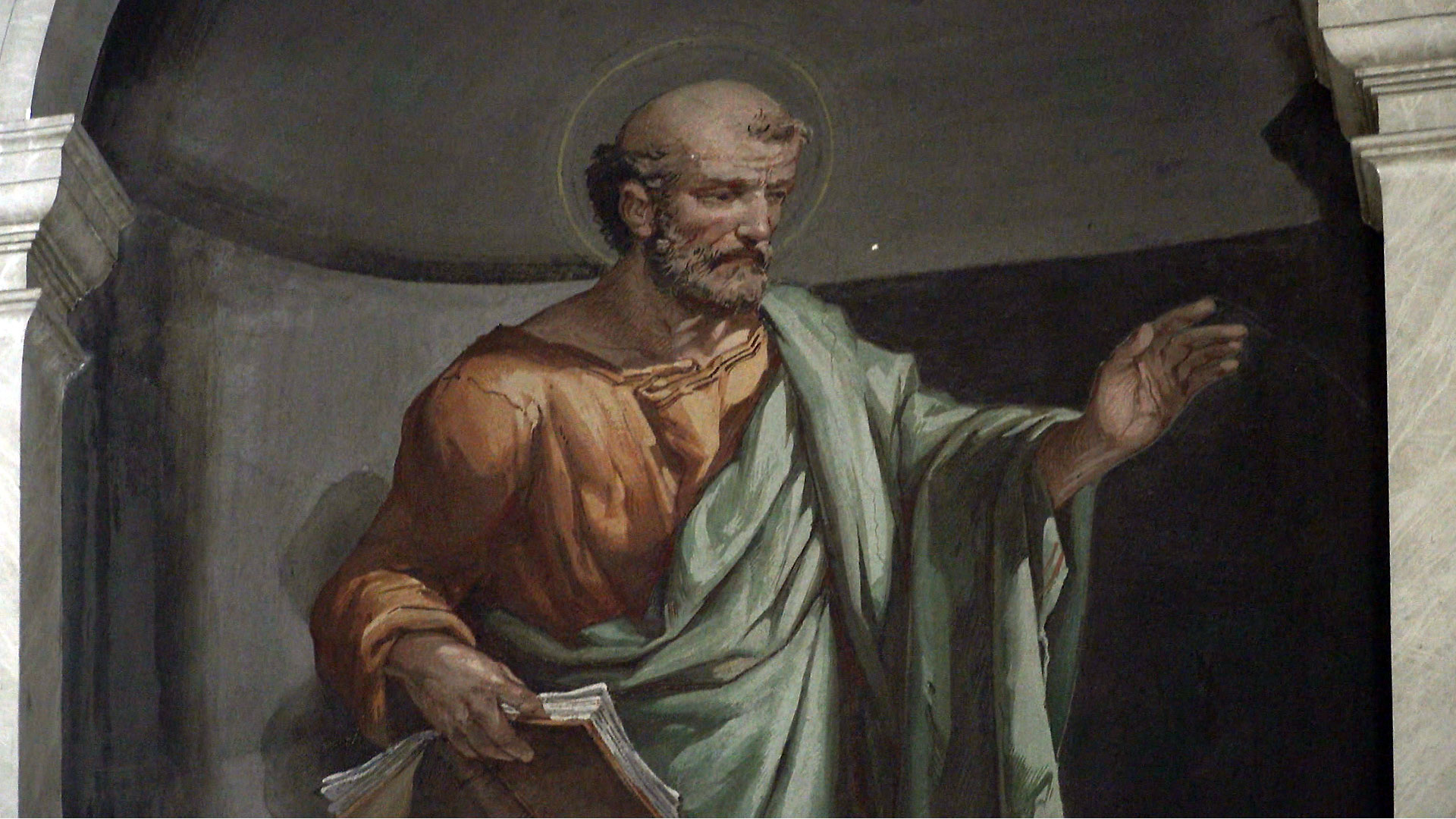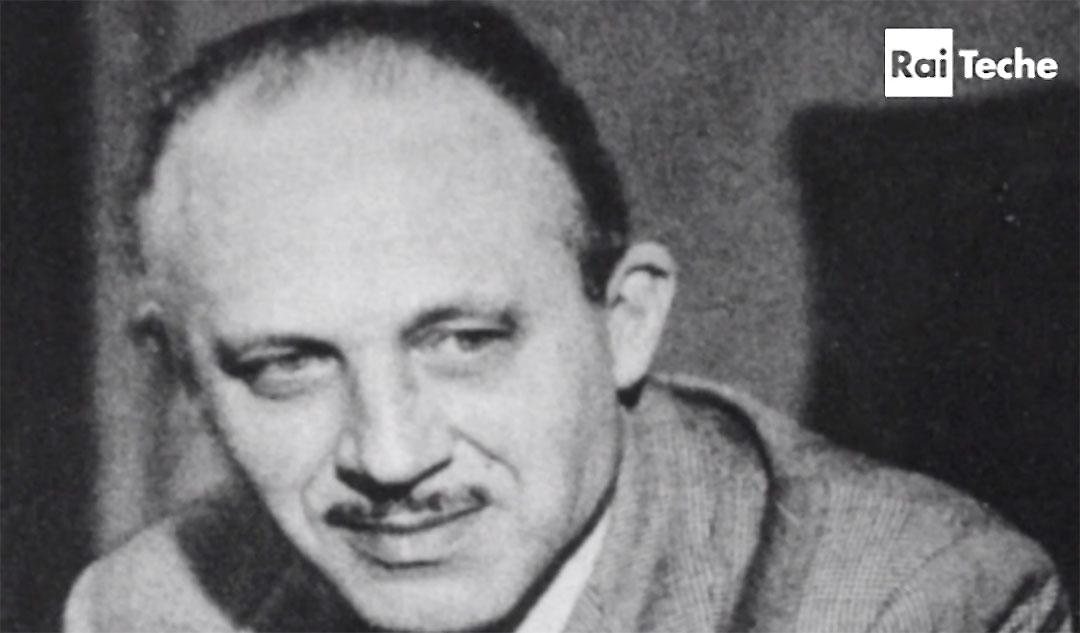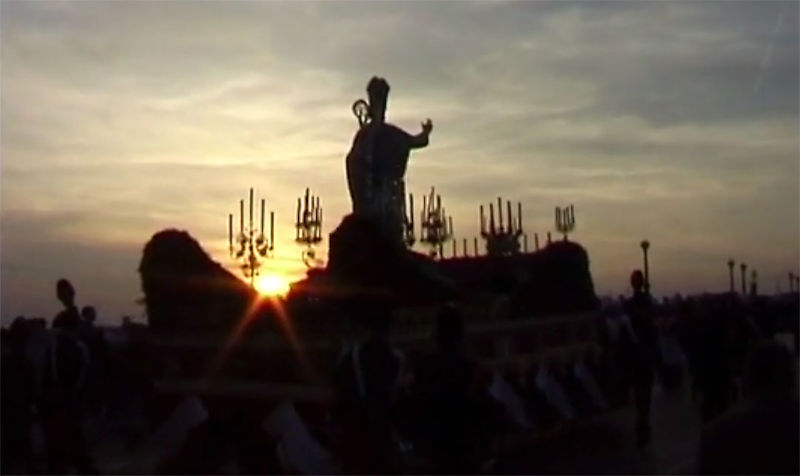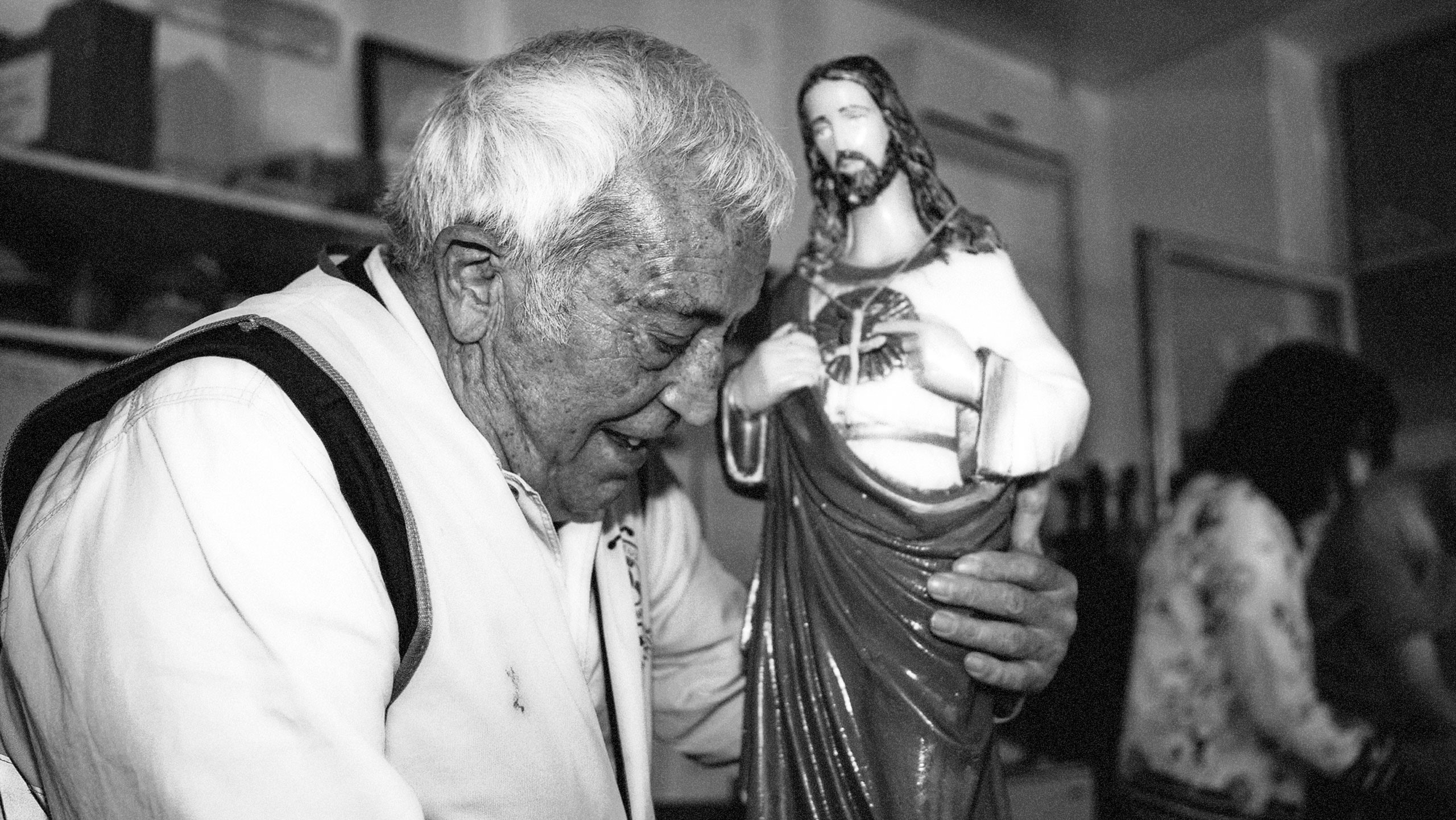
THE RITES MOF THE PORT
The port is the boundary point between familiar, known ground and the world of others, of opportunity and extreme risk. From the sea comes wealth and also misfortune. You cannot contemplate such a place without a complex ritualism to come to terms with the unknown.
THE LAUNCHING OF A SHIP
The launching is the ceremony of putting a newly built ship into the water.
Today it takes place in the presence of a godmother who christens the ship by breaking a bottle of champagne on the prow.
In antiquity, a sacrifice was made to the gods to protect the ship and its crew from the dangers of seafaring.
It derives from an ancient tradition that has been modified. Ancient rites called for the sacrifice of an animal whose blood was sprinkled on the prow.
The Romans, in addition to the animal sacrifice, usually used to scatter the eyes of wild boars, swans or dolphins along their vessels to provide the ship with eyes when visibility was poor, and the sailors were having difficulty following the course.
The propitiatory rites
It was only in the 19th century that wine, usually red, began to be used as a metaphor for the blood of the sacrificial animal. And so the custom of throwing a bottle of wine over the hull was born: it was supposed to break as a sign of divine protection.
These propitiatory rites were later joined by a Christian ceremony, in which a priest was invited to bless and “baptise” the ship, calling it by name to mark its recognition and entry into the marine world.
The ship usually enters the sea by the stern because it is the part that is most buoyant, and acts as a greater brake on entering the water.
In the Taranto Arsenal, the first ship to be launched was the steamer “Città di Bastia” and, as we can see from the Istituto Luce film from 1930, Archbishop Orazio Mazzella is present to bless the ship as, to general rejoicing, it enters the waters of the Mar Piccolo.
ST. PETER AND ST. MARK
It is said that when Peter arrived on the island that now bears his name, he knelt to pray and left the imprints of his knees on a stone. This stone, according to historian Giovanni Giovine, was carried by Venetian sailors to St Mark's Church, where it is still devoutly preserved today.
Legend has it that the apostle Peter, on his way to Rome with the evangelist Mark, entered the harbour. Asking for water to drink, he was led by some fishermen to a well where there was a statue of the Sun God. The custom was that whoever wanted to drink had to worship the statue. But Peter refused, and after making a sign of the cross to the statue of the Sun God, to general astonishment the statue shattered into a thousand pieces.
In the place where St Peter is said to have proclaimed the new faith to the people of Taranto, in the moat that now lies beneath the castle, a church was built that took the title of “S. Pietro della Porta” (“St Peter of the Gate”). According to tradition, the Apostle celebrated mass there, during the period when the winds kept him in Taranto.
This church, now demolished, was underground, supported by beautiful columns, decorated with paintings including a portrait of the Saint.
The first evangelists of Taranto are to be found both in the frescoes inside the Cathedral and in carvings on its façade.
SAINT CATALD
Since 1937, on the wharf named after the saint, the closest quay to the city, a 5-metre-high statue of the holy bishop stands on a 9-metre-high base, where the inscribed epigraph addresses mariners with reassuring words, saying:
“The eye fixed on God, the mind against the wrath of the clouds. For the health of seafarers. The heart for my city. Splendid in faith and glory”.
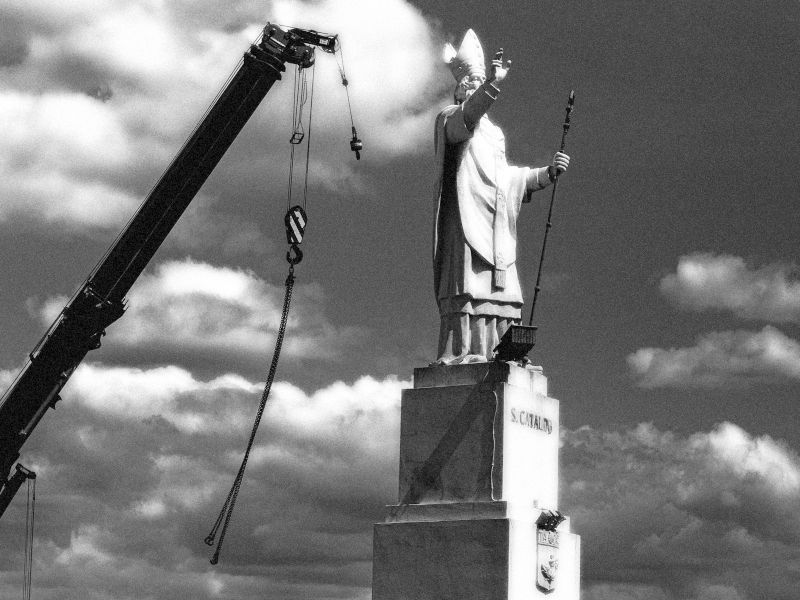
San Cataldo quay: the statue of the saint (photo Maurizio Greco)
A MIRACLE OF ST CATALD
The Tarentine biographer, Cassinelli, tells of a young Frenchman, a ‘master of the liberal arts’, who, returning by ship from a pilgrimage to the Holy Land, took shelter from a storm in the port of Trani. Here the Frenchman heard talk of Saint Catald and entrusted himself to him for the rest of the voyage. As soon as they left, the ship found itself in another, even more violent storm: the young man implored the saint for help and was the only one to be saved. As soon as he recovered, he decided to visit the Saint’s tomb in Taranto as a sign of his gratitude.
THE STORY OF ST CATALD AND HIS RING
San Cataldo arrived in Taranto after a stay in the Holy Land, where, according to tradition, Jesus appeared to him and told him to go to Taranto and re-evangelise the city, which was now in the hands of paganism.
When he arrived in Taranto, the saint is said to have thrown a ring into the Mar Grande to calm a storm and a “citro”, a source of freshwater called the “Ring of St Catald”, formed there, which can still be seen today in the shape of a “freshwater spring”.
Account of the legend given by a fisherman to Guido Piovene in 1952 (Audio recording and images from Rai Teche)
THE PROCESSION AT SEA
Having become Bishop of Taranto, Catald undertook his evangelising work by demolishing the pagan temples and helping the needy. He died in Taranto on the 8th of March, 685, and was buried under the floor of the cathedral.
One of the most impressive parts of the patron saint’s day is the procession at sea that takes place every year on the 8th of May, with the statue of the saint embarking from the Sant’Eligio Quay.

